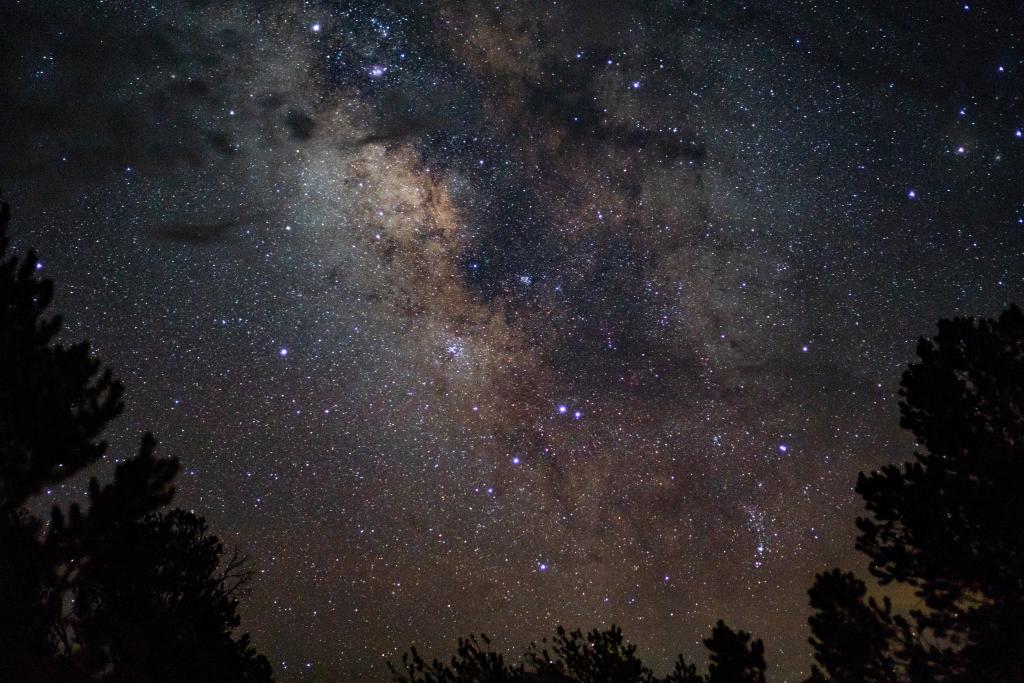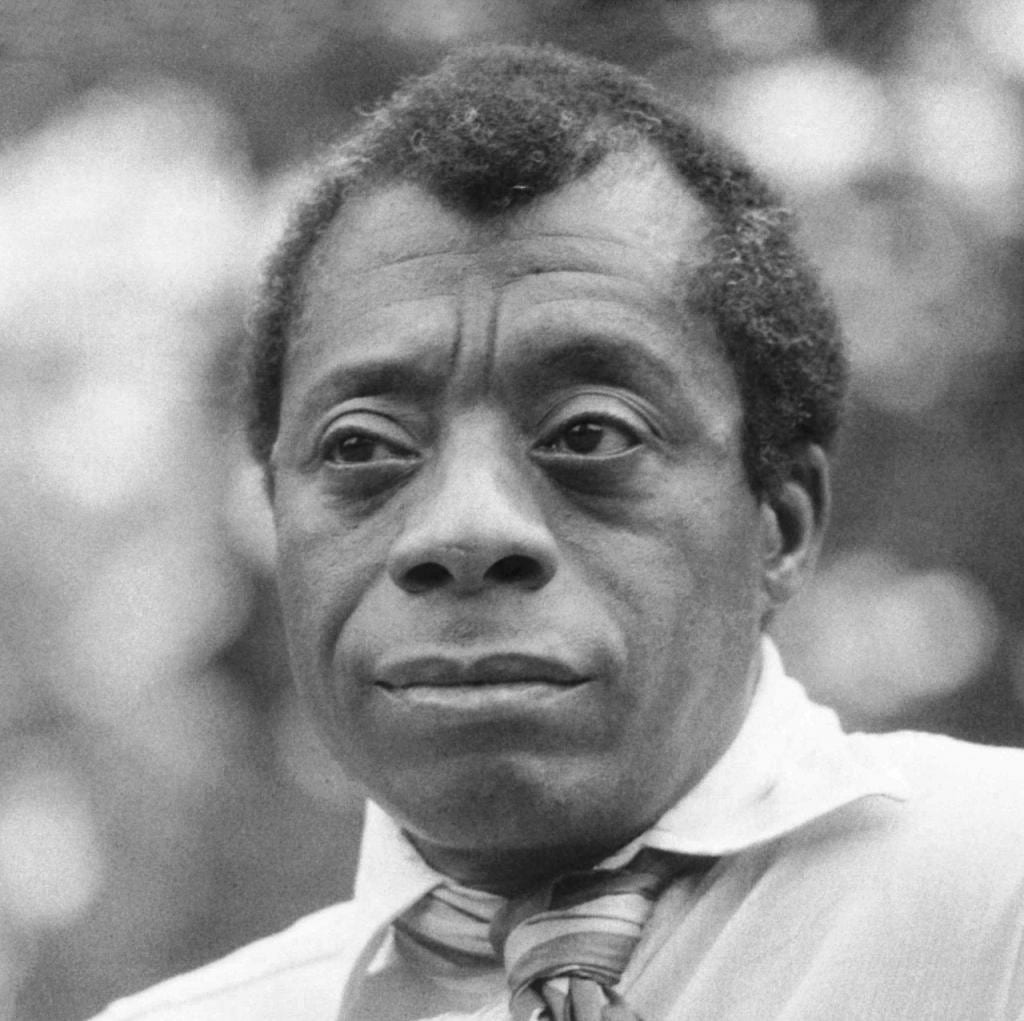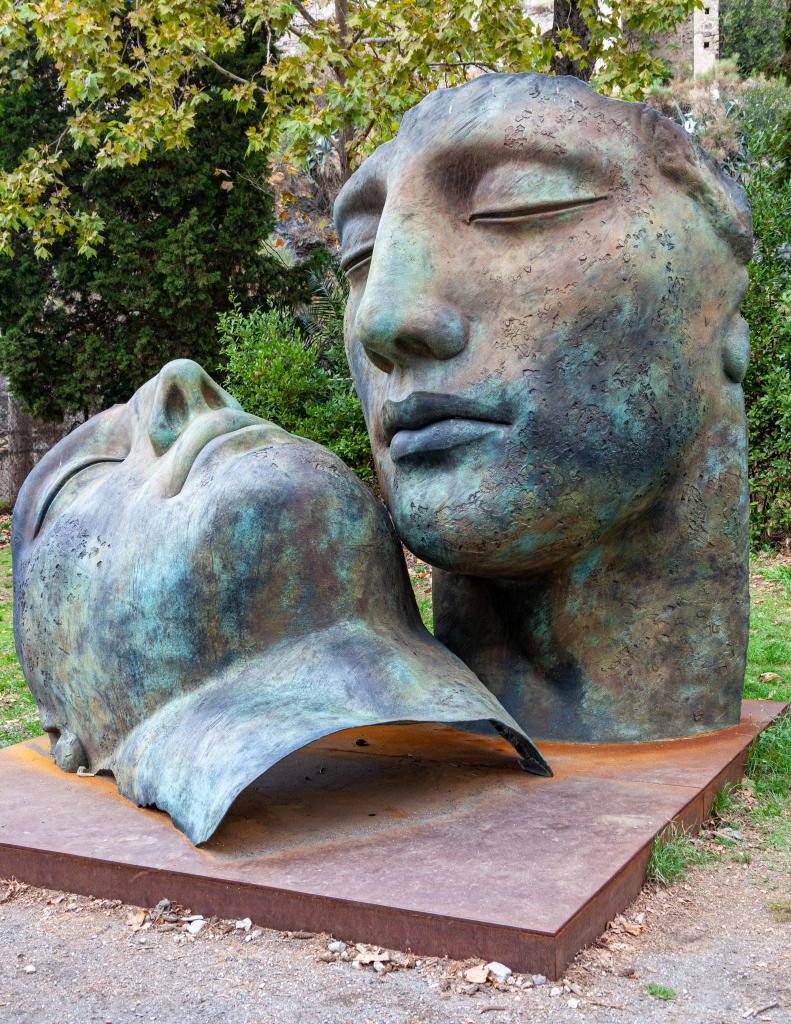Christ is not Jesus’s last name, as Richard Rohr says so powerfully in his latest book The Universal Christ. Jesus’s last name would have likely been, following the custom, Jesus bar Joseph as in, Jesus “son of Joseph.”
But if Christ is not Jesus’ last name, what does it mean to call Jesus, Christ?
Christ comes from the Greek word Christos, which is a translation of a Hebrew word that means Messiah. Christ is the Messiah, we might say, except if we were to say that, we’d really be repeating ourselves, as if to say, Christ is the Christ, when what we probably mean, or what we’ve probably heard, at least from Handel’s Messiah, is that Jesus is the Messiah.
Jesus, the earliest Christians affirmed, is the Messiah, the longed-for individual ruler in Jewish imagination who will overthrow the foreign empires, who will re-gather the exiled and those in diaspora, and who will institute a reign of justice and peace. Jesus is the Messiah, which is to say Jesus is the Christ.
It gets more interesting: Messiah is related to the Hebrew word mashach, which means “to anoint.” Ancient Jews anointed objects and people with oil, especially when they dedicated that object or person to a God-given purpose. “Get up, you officers,” prophet Isaiah cries, “Oil the shields!” (Isaiah 21:5) Make them slippery for battle, in other words, so they protect from flying darts and enemy hands.
Most importantly, though, priests anointed kings with oil, leaders set aside for the divine role of ruling with justice and compassion. Solomon and David are anointed kings, which means that a priest has poured oil over their heads in a symbolic ritual to dedicate their rule to God. To call Jesus the Christ is to name him the anointed one.
For the writer of Colossians, though, Jesus is Christ and Messiah, but Christ also means more—far more. He is not only the ruler, the anointed one, but “He is the image of the invisible God, the firstborn of all creation.” (1:15) Jesus is the face of the divine mystery, the first creative act from that mystery, even before the creation itself is created.

The verses of Colossians 1:15-20 are an ancient song, a hymn Christians sang before the letter was written, a canticle that is still sung in monasteries today, known as the Colossians Canticle: “For in him all things were created, in heaven and on earth, visible and invisible, whether thrones or dominions or principalities or authorities—all things were created through him and for him.” (1:16)
But wait a minute. This is starting to become a little esoteric.
Isn’t Jesus the rabble-rousing Jew from Nazareth? Joseph’s son who teaches subversive stories called parables? Isn’t he thrown out of a synagogue during his first sermon for heralding the arrival of God’s realm?
Isn’t Jesus born from Mary, brother to James? Isn’t he the Jewish healer, the teacher, the nonviolent revolutionary who overturns tables in the Jerusalem Temple? Isn’t he the Jesus who is handed over by the religious leaders, put to death by Pontius Pilate?
Yes, Jesus is Jesus bar Joseph from Nazareth, but Christians throughout the centuries have also affirmed that Jesus is also the Christ, or reveals, or participates with, the Christ!
“All things were created through him and for him.” (1:16)
The letter to the Colossians, written around the time the Gospels are written, lifts Christ up to the level of God. Christ rules over all authorities, emperors and presidents, empires and corporations, all principalities, which is to say, all cosmic realities, galaxies and multiverse.
Christ is what is ultimate, and not the other allegiances we pledge.
To say that all things are created through Christ, and for Christ—or, as the Greek reads towards Christ—is to say, mysteriously, that Christ is there at the beginning of it all and the end of it all. Christ is there when the Spirit hovers over the deep waters before the first day. Christ is there when the universe first expands. Christ is dynamic, somehow coalescing alongside and within hydrogen clouds, stirring forth stars. And Christ is there at the end when the new heavens and new earth are unveiled. Christ is there, at the end, when death itself has passed away.
We’re not used to thinking about Jesus, or Christ, like this.
For progressive Christians like my colleagues and congregants, we are comfortable with the historical Jesus, the Jesus we can prove with footnotes and peer-reviewed papers. The resurrection might cause us to scratch our heads, but we really only talk about it once a year, so it’s not too much to stomach.
We are comfortable, too, with the political Jesus, that he was a Jewish man, a healer, an activist who led a poor people’s campaign from the margins, who he faced imprisonment as a subversive threat to the religious/political order. We’re familiar with this Jesus, and we should be. This Jesus and his way propel our lives.
But what if Jesus the nonviolent revolutionary is only half the story?
How do we trust that history is moving in an ultimately hopeful vision, as the Bible dares to say that it is?
How do cultivate loving presence when children are dying from hunger in Yemen, when oceans are heating even faster than we thought they were, or when immigrants face cruel punishment?
How do we stay grounded, in solidarity with those suffering, during a time of international movements of ethno-nationalism, hatred and lies?
What if there is a larger vision, a more whole view through which to see reality?
What if Christ is the love, hope, and inclusive faith we’re looking for?
“He is the head of the body—the church, he is the beginning, the firstborn from among the dead.” (1:18)
He is the head of the body, and the body is far larger than the church. The cosmos, the universe, and Mother Earth, too, is the body of Christ, anointed as set apart, of service and filled with divine presence. Christ’s body is nothing less.
The universe is alive with God. It expands and contracts with God’s own rhythms. Then the author inserts into a likely pre-existing hymn the very localized word “church.”
The writer throws church in to make a point:[1] the recognition of Christ in the world has to start somewhere, and where better than the gathered, local community?
Christ has been there from the beginning, all things were created through him and towards him, but for Christians use the word “church” as a communal reminder that the world is filled with God, and that this Christ-image in all beings is recognizable.
[1] The scholar I’m following suggests that the church is the author’s addition to the earlier hymn material. See Eduard Lohse, Colossians and Philemon.
Photo by Kevin Gutowski on Unsplash











